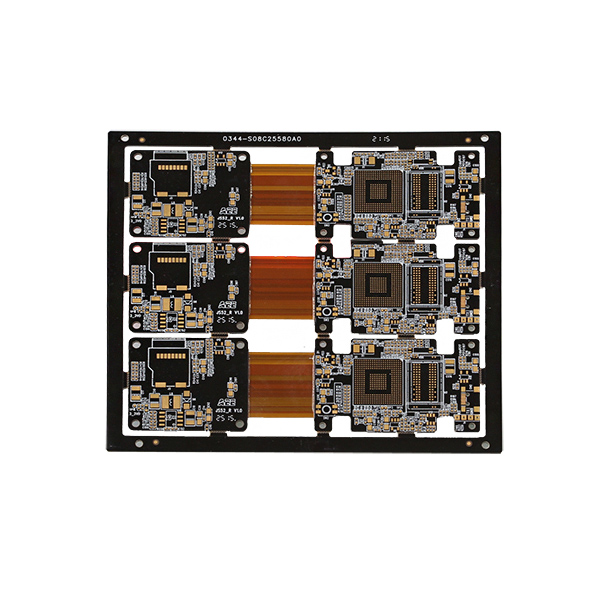Custom Flexible PCBs: Innovating Connectivity and Design for Modern Electronics
Unleashing the Power of Custom Flexible PCBs
As the demand for smaller, lighter, and more versatile electronic devices continues to rise, the need for innovative solutions in connectivity and design becomes paramount. Enter custom flexible printed circuit boards (PCBs), a breakthrough technology that is revolutionizing the electronics industry. With their unique properties and endless possibilities, custom flexible PCBs are transforming the way we think about electronic devices.
The Advantages of Custom Flexible PCBs
Custom flexible PCBs offer a myriad of advantages over traditional rigid circuit boards. Their flexibility allows them to be bent, twisted, and folded without sacrificing performance. This opens up a world of possibilities for designers, enabling them to create products with unconventional form factors and unprecedented levels of functionality.
Moreover, custom flexible PCBs are significantly lighter and thinner than their rigid counterparts, making them ideal for applications where weight and space are critical factors. Their ability to withstand extreme temperatures, vibrations, and shocks further enhances their suitability for demanding environments.
Applications and Innovations
The versatility of custom flexible PCBs has led to their widespread adoption across various industries. In the automotive sector, they are being used in advanced driver-assistance systems (ADAS) to enable seamless connectivity between multiple sensors and control units. This enhances safety and enables autonomous driving capabilities.
In the healthcare field, custom flexible PCBs are revolutionizing medical devices. They are enabling the development of wearable health monitors, smart implants, and flexible sensors that can conform to the human body, providing real-time data and improving patient comfort and overall healthcare outcomes.
Custom flexible PCBs are also finding applications in consumer electronics, aerospace, and industrial automation. From foldable smartphones to flexible displays, satellite communication systems to robotic assemblies, the possibilities are endless.
The Design and Manufacturing Process
The design and manufacturing process of custom flexible PCBs require specialized expertise and equipment. Designers need to consider factors such as material selection, trace routing, and component placement to ensure optimal performance and reliability.
The manufacturing process involves the use of advanced techniques such as laser etching, additive printing, and flexible substrate lamination. These processes ensure precise circuitry, efficient use of space, and high durability.

Conclusion
Custom flexible PCBs are transforming the landscape of modern electronics. Their unique properties and versatility allow for unprecedented levels of connectivity and design innovation. From enhancing the functionality of electronic devices to enabling the development of futuristic technologies, custom flexible PCBs are paving the way for a more connected and advanced future.
Send PCB Files to Sales@ucreatepcba.com, We Will Quote You Very Soon!
Request PCB Manufacturing & Assemble Quote Now



